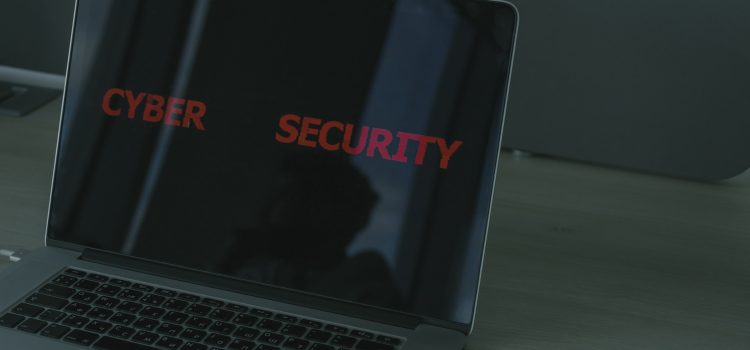
With each passing day, cybersecurity becomes an increasingly critical issue for individuals, businesses, and governments alike. As technology evolves, so do the methods that hackers use to access sensitive data and systems. In response, cybersecurity measures are also becoming more advanced, but are they enough to keep up with the ever-evolving threat landscape?
The reality is that despite the latest cybersecurity tools and measures, hackers are still managing to stay ahead in the cybersecurity arms race. In fact, many experts believe that hackers have the upper hand due to their ability to adapt and innovate.
One reason for this is that many cybersecurity tools are reactive rather than proactive. They are designed to detect and respond to known threats, but cannot always identify new or evolving threats. Hackers are well aware of this, and they are constantly developing new tactics and techniques to evade detection.
For example, one common tactic that hackers use is to exploit vulnerabilities in software and systems that have not yet been patched. They may also use social engineering techniques to trick users into revealing sensitive information or installing malware. And when cybersecurity tools are able to detect and block these tactics, hackers may turn to new methods, such as using artificial intelligence or the dark web.
Another challenge is that cybersecurity measures are often siloed within organizations. Different departments may be responsible for different aspects of cybersecurity, and communication and collaboration may be lacking. This can create blind spots and vulnerabilities that hackers can exploit.
Additionally, many organizations may not be investing enough in cybersecurity. In a recent survey, 45% of IT professionals reported that their organizations had insufficient cybersecurity budgets. This can make it difficult to implement the latest tools and measures, and can leave organizations vulnerable to attack.
So, what can be done to address these challenges and stay ahead of the hackers? One approach is to take a more holistic and proactive approach to cybersecurity. This may involve integrating different cybersecurity measures, investing in ongoing training and education for employees, and adopting a mindset of continuous improvement.
It is also important to recognize that cybersecurity is not just a technical issue. It is a business issue, and requires a strategic approach that involves everyone from the C-suite to front-line employees. By taking a more collaborative and proactive approach, organizations can better protect themselves against the ever-evolving threat landscape.
In conclusion, the cybersecurity arms race is far from over, and hackers are likely to continue to stay ahead of the latest tools and measures. However, by taking a more proactive and holistic approach to cybersecurity, organizations can better protect themselves against the growing threat of cyber attacks. It is a constant battle, but one that can be won with the right mindset and approach.










